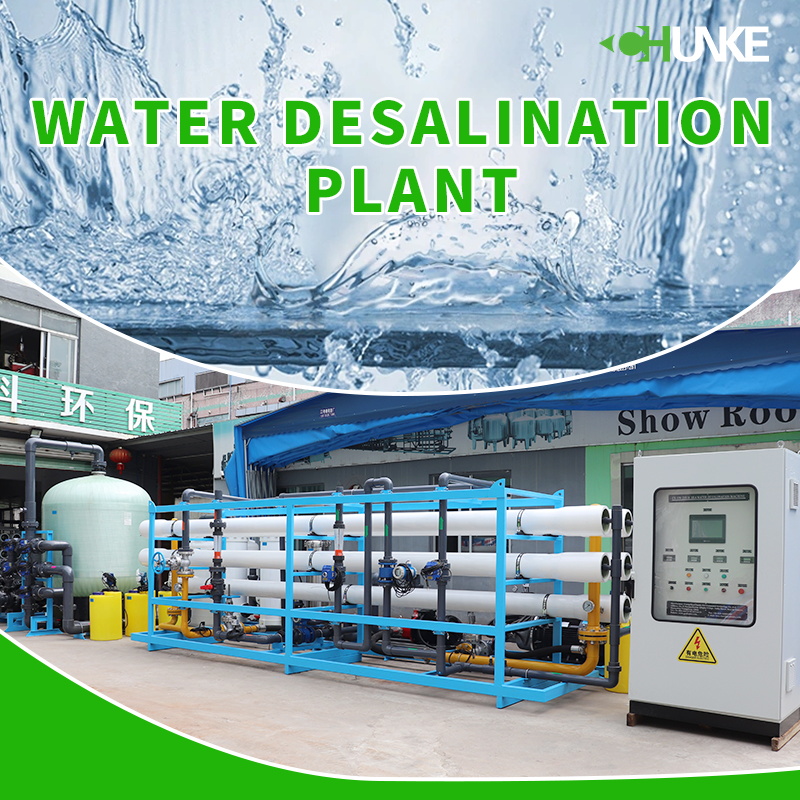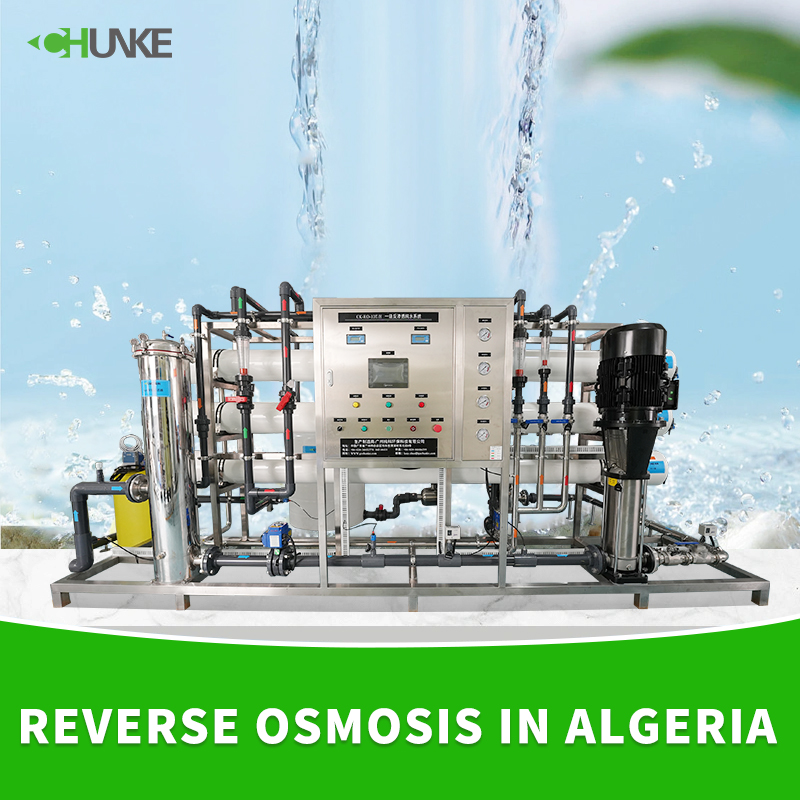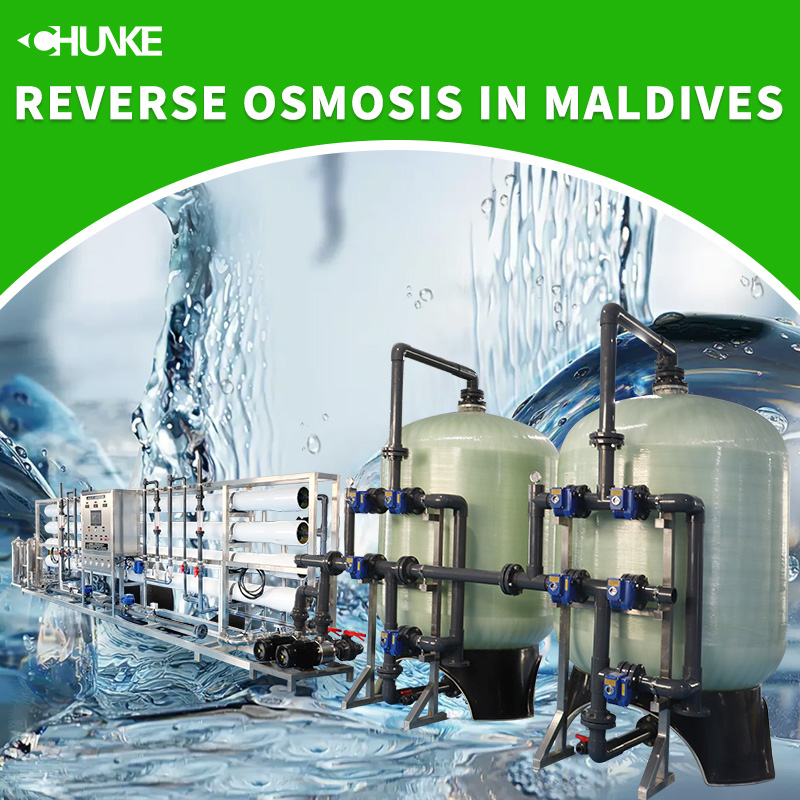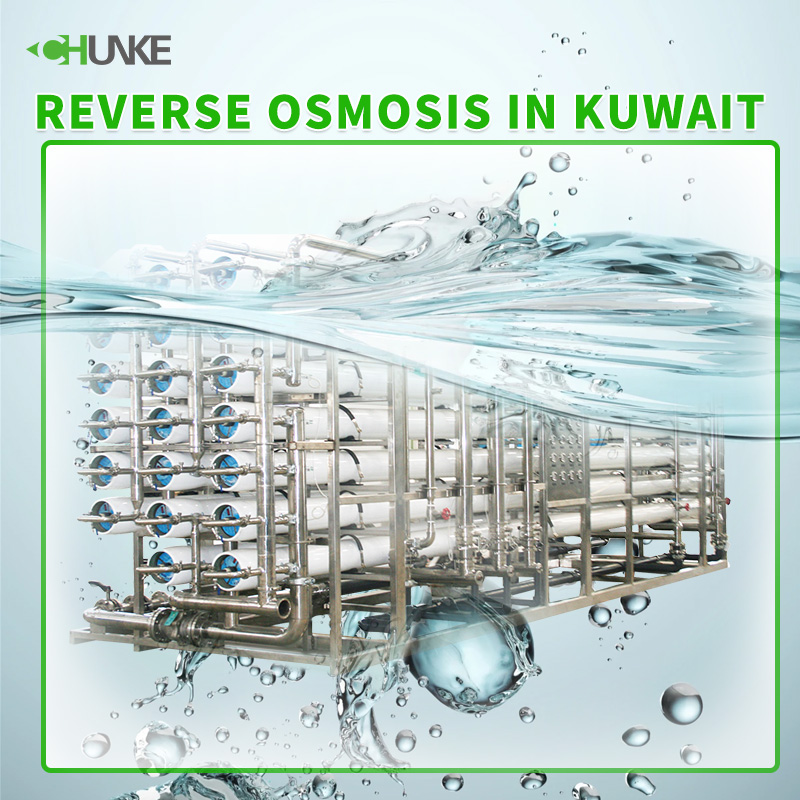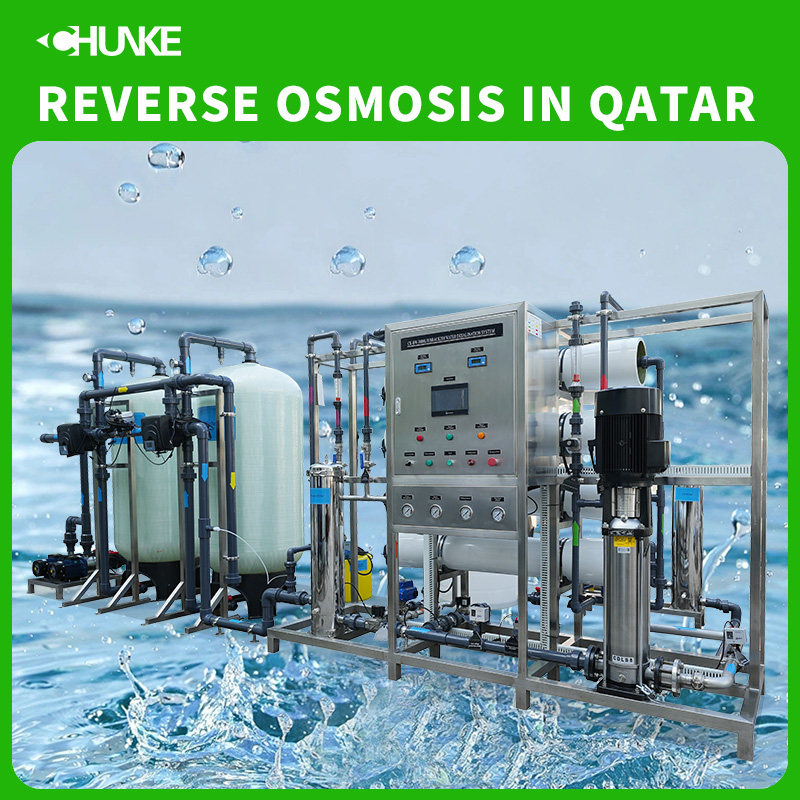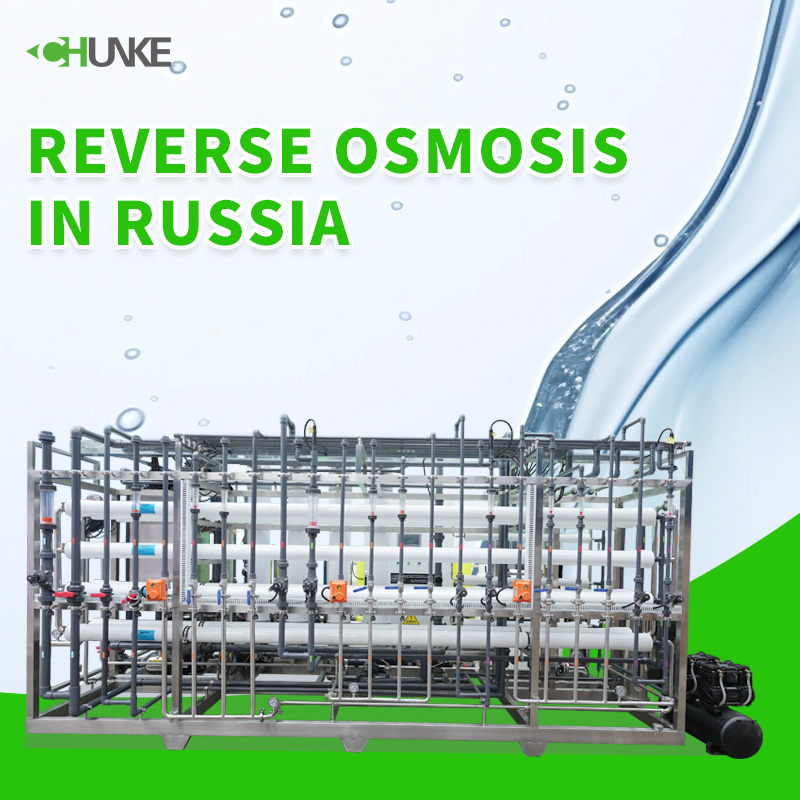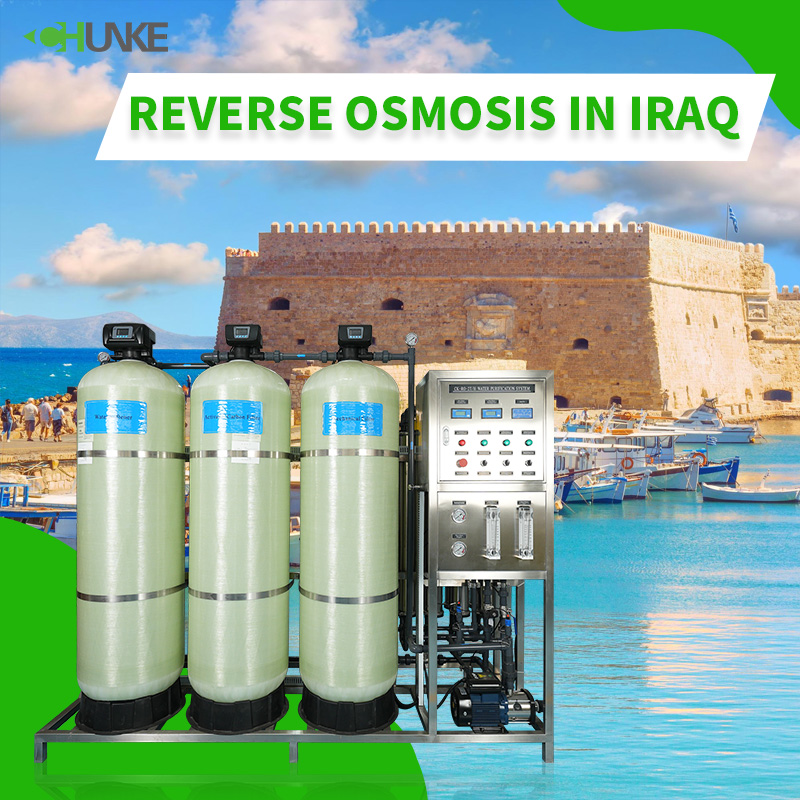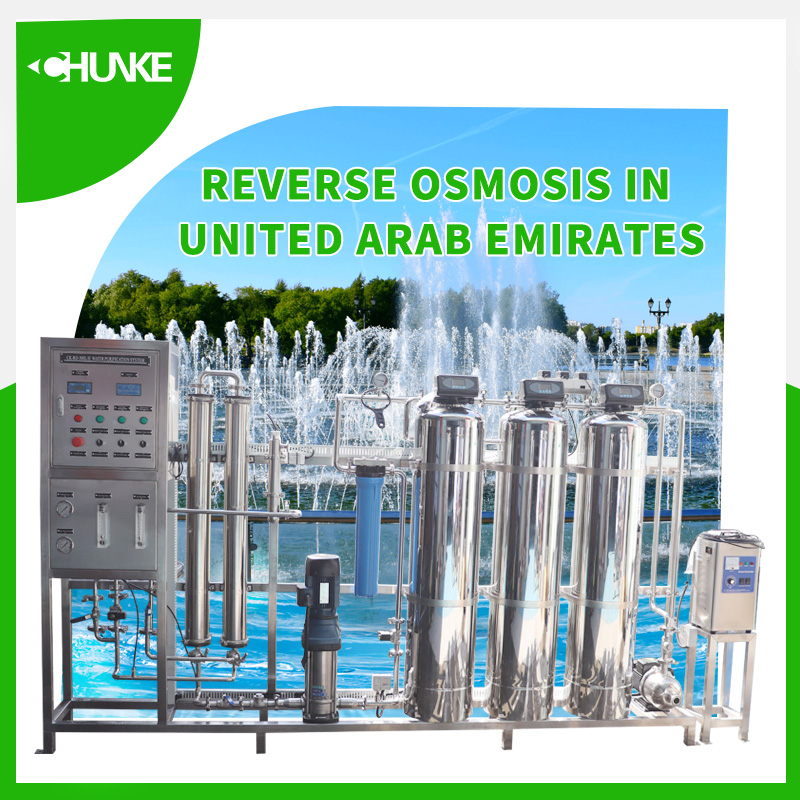-
02-20 2024
How does a seawater desalination plant work?
The seawater desalination plant consists of a seawater inlet system, a pretreatment system, a reverse osmosis system, a post-treatment system and an energy supply system. It uses reverse osmosis membrane technology to remove salt and harmful substances and provide high-quality fresh water. Contribute to global water resources security and sustainable development.
-
02-20 2024
What is the price of seawater desalination machine?
This article discusses the cost and influencing factors of seawater desalination machines. It introduces its composition, working principle and cost structure, and analyzes the impact of scale, technical level, brand and operating cost on price. It is pointed out that the price range of seawater desalination machines is wide, ranging from small household to large industrial use.
-
01-27 2024
What are the seawater reverse osmosis desalination projects in Algeria?
Algeria has adopted seawater reverse osmosis desalination technology to address freshwater shortages and implemented multiple important projects. These projects increase freshwater production through advanced reverse osmosis technology to ensure that water quality meets standards.
-
01-27 2024
Why is the popularity of reverse osmosis water purification systems in Maldives high?
The reasons for the successful popularization of the Maldives reverse osmosis water purification system include the special geographical environment, water resource scarcity, continuous government investment and policy support, international cooperation and technology introduction, extensive education and publicity work, and community participation and feedback mechanisms.
-
01-26 2024
Why does Kuwait use a seawater reverse osmosis desalination system?
The Kuwaiti government adopts a seawater reverse osmosis desalination system to solve the problem of water scarcity, meeting 90% of water demand. The seawater desalination system removes salt through efficient membrane filtration, providing sustainable fresh water for residents, industry, and agriculture.
-
01-26 2024
Is there a seawater reverse osmosis desalination plant in Qatar?
Qatar, a Middle Eastern oil country, is facing water scarcity and is facing challenges by introducing a seawater reverse osmosis desalination system. The government has invested in the construction of multiple advanced desalination plants, among which the Umm Ahur project was put into operation in 2018, with a desalination capacity of 618000 cubic meters per day, meeting 30% of water demand.
-
01-25 2024
In what fields is Russia's reverse osmosis technology applied?
Russia widely uses reverse osmosis technology, covering areas such as urban water supply, industrial production, agricultural irrigation, and healthcare. Russia focuses on environmental protection in the application of reverse osmosis technology, providing experience for efficient management of water resources.
-
01-25 2024
How does Iraq solve its water resource problem?
Iraq is actively responding to the water crisis by introducing reverse osmosis water purification systems. Reverse osmosis technology is believed to efficiently remove salt and microorganisms, improve urban water supply, agricultural irrigation, and local water source management.
-
01-24 2024
What methods does the United Arab Emirates use to purify water?
The United Arab Emirates has responded to the challenge of scarce water resources by adopting advanced seawater reverse osmosis desalination systems, which are widely used in urban and rural areas. This technology has improved water quality and quantity, and technological innovation has promoted the improvement of system efficiency and stability.
-
01-24 2024
Does Saudi Arabia use reverse osmosis systems?
Saudi Arabia widely uses reverse osmosis seawater desalination systems in response to freshwater demand. Although the country has relatively abundant water resources, some areas are facing freshwater shortages due to uneven distribution. To solve the problem, Saudi Arabia adopts advanced reverse osmosis technology to convert seawater into fresh water that can be used for irrigation and drinking.





